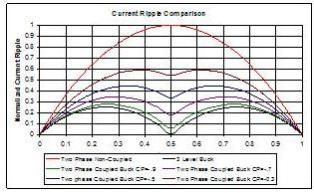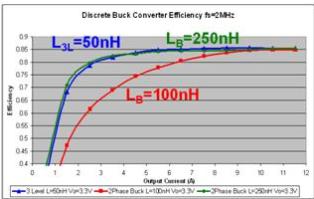
Fig. 1. Three Level Buck Converter Schematic.
Low current non-isolated POL converters are used in a wide range of applications such as telecom, MP3 players, digital cameras, GPS, automotive electronics, laptops, servers, wireless cellular phones, and PDA's. With the desire for smaller size and a greater level of integration these products are being pushed for higher power density. The issues facing higher power density and integration for the standard buck converter are 1) The large passives required for high efficiency and tight regulation, 2). The high switching loss generated at higher switching frequencies. The three level buck can be used to reduce the required magnetic size, switching loss, and reduce device stress allowing for the use of smaller more efficient devices.
The three level buck converter effectively doubles the switching frequency and reduces the volt-second balance of the inductor as well as the stress across the devices. These two benefits allow for a much smaller inductance to be used as well as superior performing low voltage devices. For applications where the current is small in relation to the input voltage the three level buck converter offers a lower switching loss by reducing the voltage related switching loss term Qgd. Shown in figure 4 is the experimental verification showing that the three level buck can offer similar efficiency with a 2.5 times smaller inductance or improved efficiency with the same magnetic footprint.

Fig. 2. Timing Diagram Operated at D<0.5.

Fig. 3. Phase Current Ripple Comparison.

Fig. 4. Efficiency Comparison.


























































































